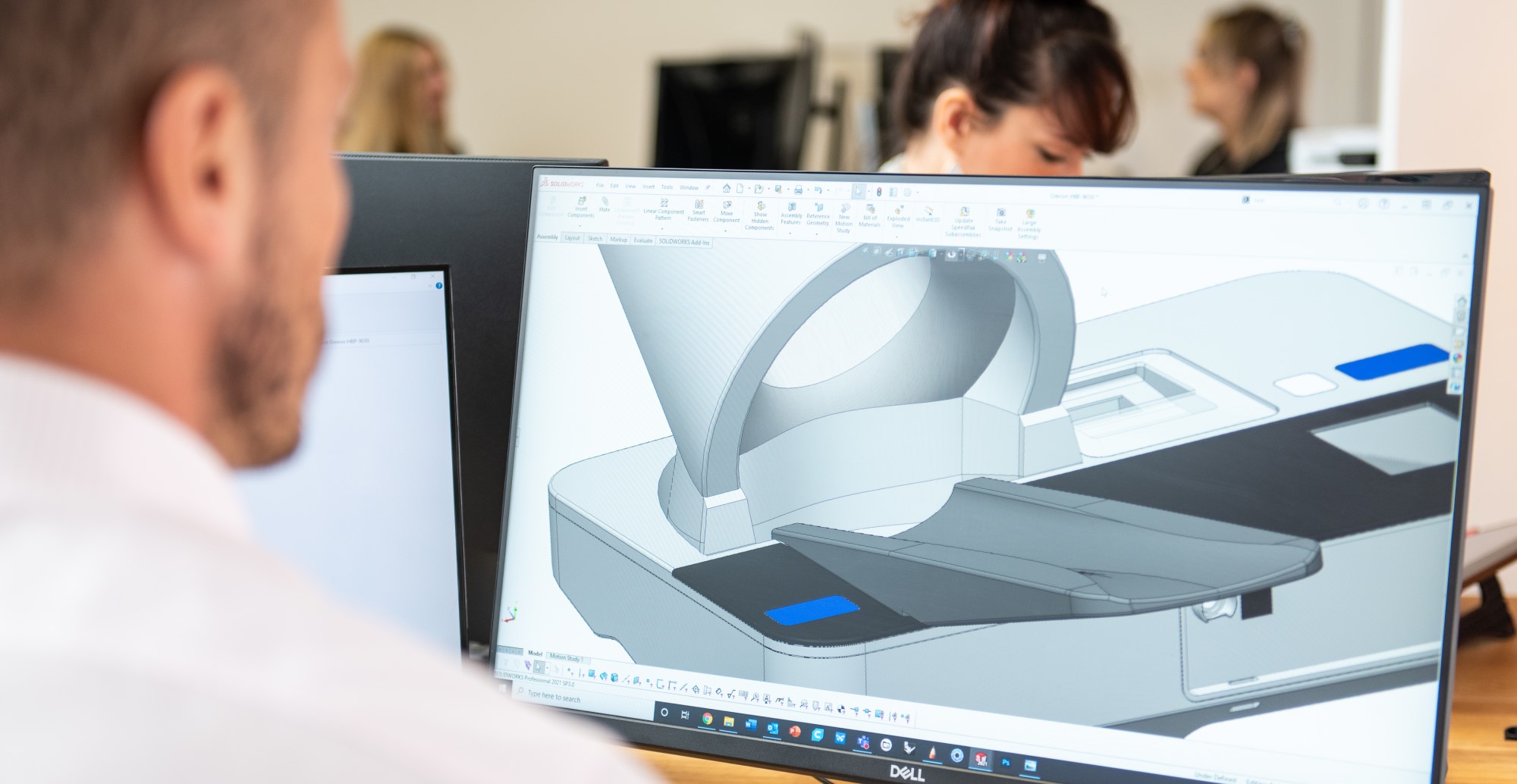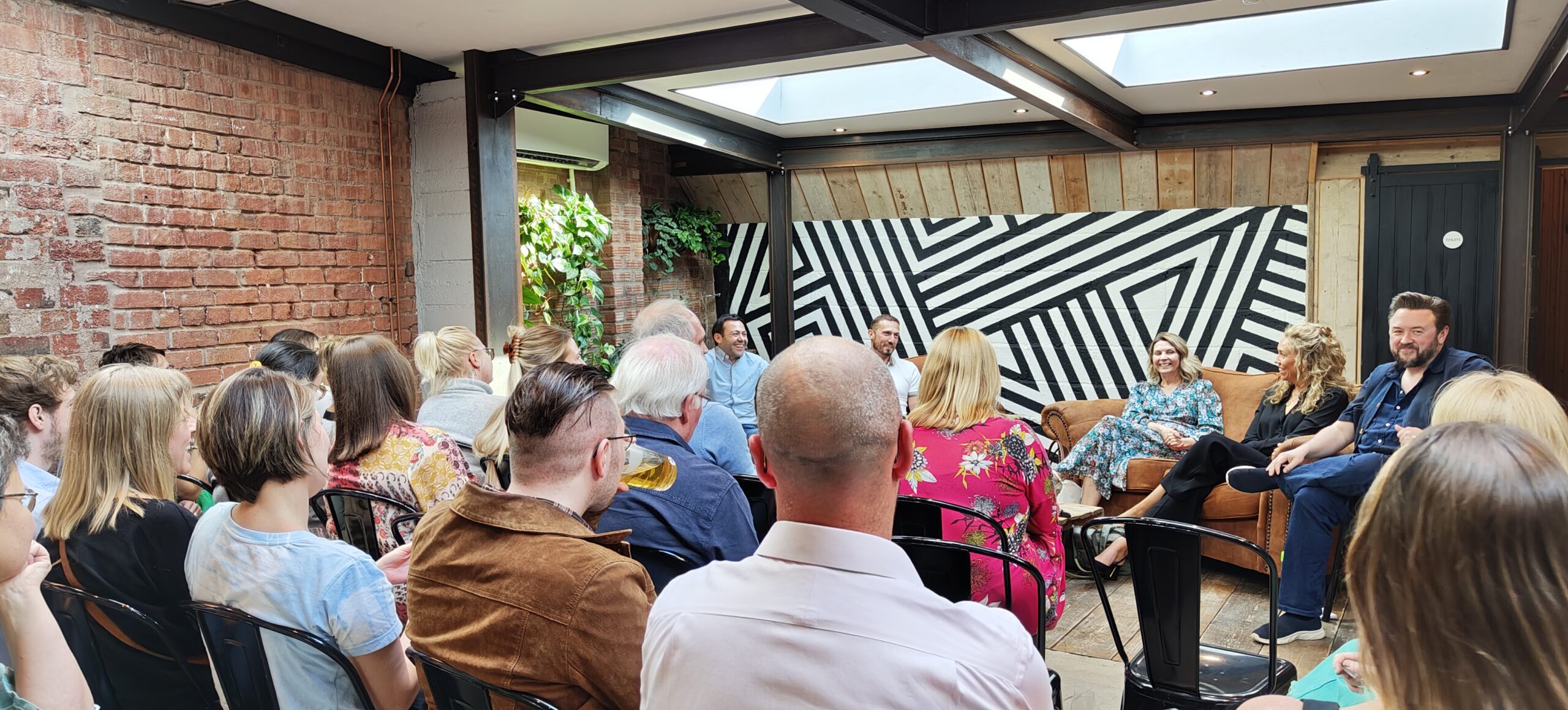If you’re a manufacturer outsourcing some, most or all of your production, you’ll be aware of the new challenges faced since the beginning of the pandemic. The frequency of global disruptive events having a local impact has highlighted the need for manufacturing businesses to become more resilient. There needs to be greater control of the supply chain, the ability to manage risks efficiently and respond to consumer behaviour shifts quicker.
Disruptive times demand disruptive innovation. But how does this affect the product development process as a whole? And what can we do to ensure that we’re as efficient as possible as a business? We spoke to Kristo Shivachev, Founder and Managing Director of Simple Design Works, for his steps to strategic design for manufacturers.
1. Start with the end in mind
It’s important for manufacturers to fully understand their supply chain and analyse where the risk lies. A local, more flexible supply chain reduces the amount of capital frozen in stock, but also helps businesses to respond to market changes quicker.
Consider bringing production back to the UK or increasing the internal capabilities of the business. This is a fantastic opportunity to re-validate the original design brief for the product with your targeted customer, as well as make improvements to address current expectations of the product.
To optimise the design process and give your product the best chance of success, make the preferred supply chain structure and manufacturing criteria a driving factor in the design process right from the start. Push your development partners to be blue sky thinkers with their feet firmly on the ground.
2. Ensure you have quick access to skills, knowledge and resource
Focus on building an eco-system of partners that provide support on specific projects as well as help you build your internal capabilities. Look at your value proposition as an organisation in a more holistic way. Identify the expertise that brings additional value to your offering and focus on building those relationships.
Hold knowledge transfer workshops, training sessions, and discuss collaborations and new services to offer greater value. Consumer behaviour is changing faster than ever before. The companies that address those newly emerging needs quickly will thrive.
3. Be a user centric business rather than a product centric business
It is paramount that your design briefs are based on an in-depth understanding of consumer needs. Your market research should include conducting quant and qual studies with your targeted customer and observational studies. Check that the innovation you are planning to launch is based on the right insights.
Keep monitoring consumer behaviour after the launch of your product. You need to ensure you can make changes to the product quickly if future disruptive events demand it.
4. Ensure your innovation strategy is based on the right ratio between disruptive, sustaining and incremental innovation
The 10%, 20% and 70% golden ratio has been widely used in the past. This means that 10% of the budget will go towards disruptive projects, 20% towards sustaining innovation and 70% towards incremental innovation. However, businesses are being forced to produce much more disruptive and sustaining innovation in the coming years, which will reduce the number of incremental innovation projects.
It’s important to ensure that there’s enough innovation in your program that can be commercialised quickly enough to fund the top 30%. But without putting the business under unnecessary financial pressure.





